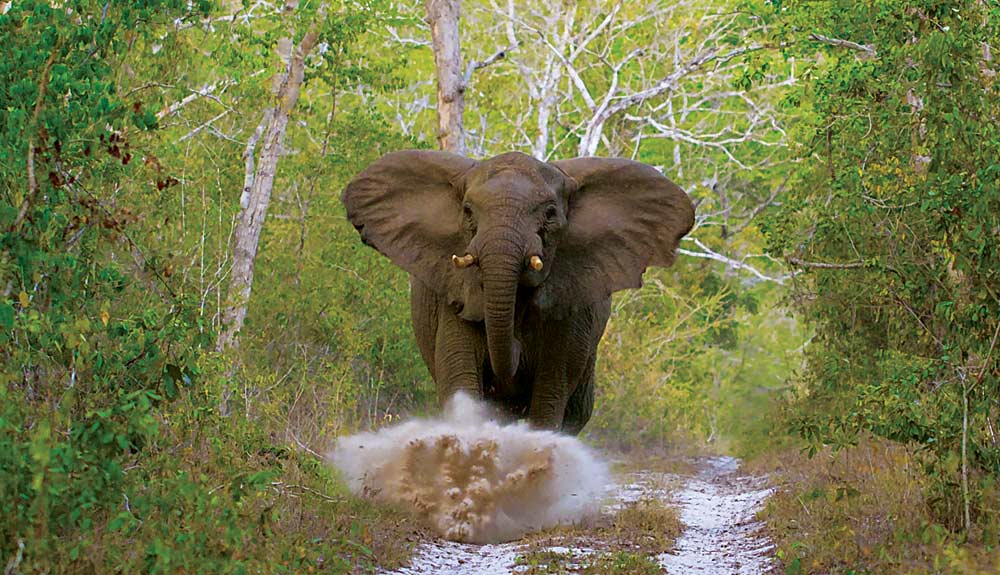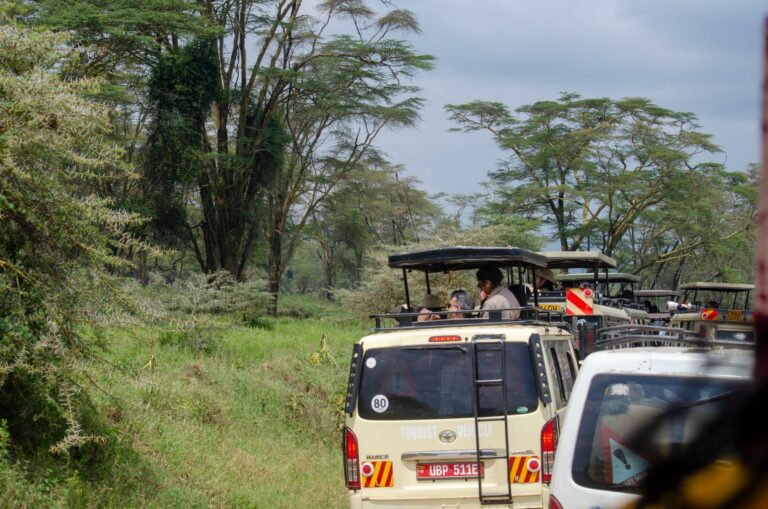Tucked away along Kenya’s picturesque coastline, just a few kilometers inland from Watamu and Malindi, lies the Arabuko Sokoke Forest—East Africa’s largest remaining coastal forest and a biodiversity hotspot teeming with life. This ancient woodland is not only a paradise for birdwatchers, nature lovers, and conservationists, but also a quiet, off-the-beaten-path destination that offers immersive, low-impact tourism experiences.
Table of Contents
If you’re looking for a unique addition to your coastal Kenya itinerary, Arabuko Sokoke Forest offers a peaceful retreat rich in wildlife, natural beauty, and cultural heritage.
Arabuko Sokoke National Park: Kenya’s Coastal Rainforest Sanctuary
Just inland from the idyllic beaches of Watamu and Malindi lies a lesser-known gem: Arabuko Sokoke National Park. As part of the larger Arabuko Sokoke Forest Reserve, this protected area is one of the last remnants of coastal rainforest in East Africa. It offers a unique mix of biodiversity, cultural history, and quiet, uncrowded trails—making it an ideal destination for nature lovers, birdwatchers, and eco-conscious travelers.
Whether you’re exploring Kenya’s coast for the first time or looking to go beyond the beach, Arabuko Sokoke National Park is a must-visit.
What Makes Arabuko Sokoke Forest Unique?
Arabuko Sokoke Forest is part of the Eastern Arc Coastal Forests, a critical biodiversity hotspot. Declared a UNESCO Biosphere Reserve, the forest supports rare species of birds, mammals, butterflies, and plants—many of which are found nowhere else on earth.
This protected area covers about 420 square kilometers and features three distinct forest types: mixed forest, Cynometra forest, and Brachystegia woodland. Each of these supports its own set of specialized flora and fauna, making the forest a valuable site for conservation and scientific study.
Wildlife and Birdwatching
Arabuko Sokoke is an internationally recognized Important Bird Area (IBA) with over 230 bird species recorded. It is especially famous for its rare and threatened bird species, including:
- Sokoke Scops Owl – one of the rarest owls in the world, endemic to this forest
- Clarke’s Weaver – critically endangered and unique to Arabuko Sokoke
- Amani Sunbird – a forest-dependent species with vibrant plumage
- Fischer’s Turaco – with its striking green and red feathers
- African Pitta – a colorful migrant that visits seasonally
Mammals and Other Wildlife
The forest is also home to rare mammals such as the:
- Golden-rumped elephant shrew – a critically endangered species only found here
- Suni antelope, bush duikers, and vervet monkeys
- Occasionally, leopards, genets, and bush babies may be spotted
Butterfly lovers will enjoy sightings of over 260 butterfly species, while the forest also harbors reptiles, frogs, and unique insects.
Things to Do in Arabuko Sokoke Forest
Guided Nature Walks
Explore the forest through a network of nature trails with the help of experienced local guides. These walks range from short 1-hour strolls to extended half-day treks, ideal for all ages and fitness levels. Guides explain local plant use, animal behavior, and the forest’s cultural importance.
Birdwatching Tours
The early morning and late afternoon are the best times to spot birds. Specialized birding guides help visitors locate the elusive Sokoke Scops Owl and other key species. This is one of Kenya’s premier birdwatching destinations and a must-visit for serious birders.
Visit to Mida Creek
Located nearby, Mida Creek is a tidal lagoon and bird sanctuary known for flamingos, waders, and mangrove tours. The boardwalk offers breathtaking sunset views and an excellent add-on to your forest tour.
Combine with Gede Ruins
A visit to the nearby Gede Ruins, the remains of a 13th-century Swahili town, provides a fascinating look into the region’s history. Combining forest ecology with cultural heritage makes for a full, enriching day.
Best Time to Visit Arabuko Sokoke Forest
Arabuko Sokoke Forest can be visited year-round, but the best time to explore is during the dry seasons:
- January to March
- July to October
During these months, trails are drier and birdwatching is optimal. The forest is cooler in the early morning, making it the best time for hikes and wildlife sightings.
Entrance Fees and Access (2025)
Entrance is managed by Kenya Forest Service (KFS) and Kenya Wildlife Service (KWS).
Estimated entry fees:
- Kenyan Citizens: Ksh 200 (adults), Ksh 100 (children)
- Residents: Ksh 400 (adults), Ksh 200 (children)
- Non-residents: USD 20 (adults), USD 10 (children)
Guided walks typically cost an additional Ksh 500 to Ksh 1,000, depending on group size. Proceeds go directly to forest conservation and support the local community.
How to Get There
- By road: From Mombasa (2.5 hours), Malindi (30 minutes), or Watamu (10 minutes)
- By air: Fly to Malindi Airport, then take a short drive to the forest entrance
- By public transport: Matatus to Watamu, then hire a tuk-tuk or boda boda to the KFS gate
Joe Photography and Safaris offers custom eco-tours to Arabuko Sokoke Forest, including pick-up and drop-off from your accommodation, certified guides, and optional packages that include Mida Creek or Gede Ruins.
FAQ on Arabuko Sokoke Forest
Where is Arabuko Sokoke Forest located?
Arabuko Sokoke Forest is located along Kenya’s coast, between Watamu and Malindi in Kilifi County. It is about 110 kilometers north of Mombasa and just 10–30 minutes from nearby beach resorts. The main entry points are Watamu Gate and Gede Gate.
What is Arabuko Sokoke Forest known for?
The forest is known for being the largest remaining coastal forest in East Africa and a UNESCO Biosphere Reserve. It is a top site for birdwatching, nature walks, and biodiversity conservation, with many rare and endangered species such as the Sokoke Scops Owl and the golden-rumped elephant shrew.
What activities can I do in Arabuko Sokoke Forest?
Popular activities include:
Guided nature walks through various forest types
Birdwatching tours with local experts
Butterfly watching
Cultural tours with local communities
Photography of rare wildlife and forest landscapes
You can also combine your visit with a trip to Mida Creek or the nearby Gede Ruins.
What are the entrance fees for Arabuko Sokoke Forest?
Estimated entry fees (2025):
Kenyan Citizens: Ksh 200 (Adults), Ksh 100 (Children)
Residents: Ksh 400 (Adults), Ksh 200 (Children)
Non-Residents: USD 20 (Adults), USD 10 (Children)
Local guide fees are additional and range from Ksh 500 to 1,000 depending on the tour duration and group size.
What is the best time to visit Arabuko Sokoke Forest?
The best time to visit is during the dry seasons:
January to March
July to October
These months offer better trail conditions, cooler temperatures, and optimal birdwatching opportunities. Early morning and late afternoon are the best times for guided walks and wildlife sightings.




